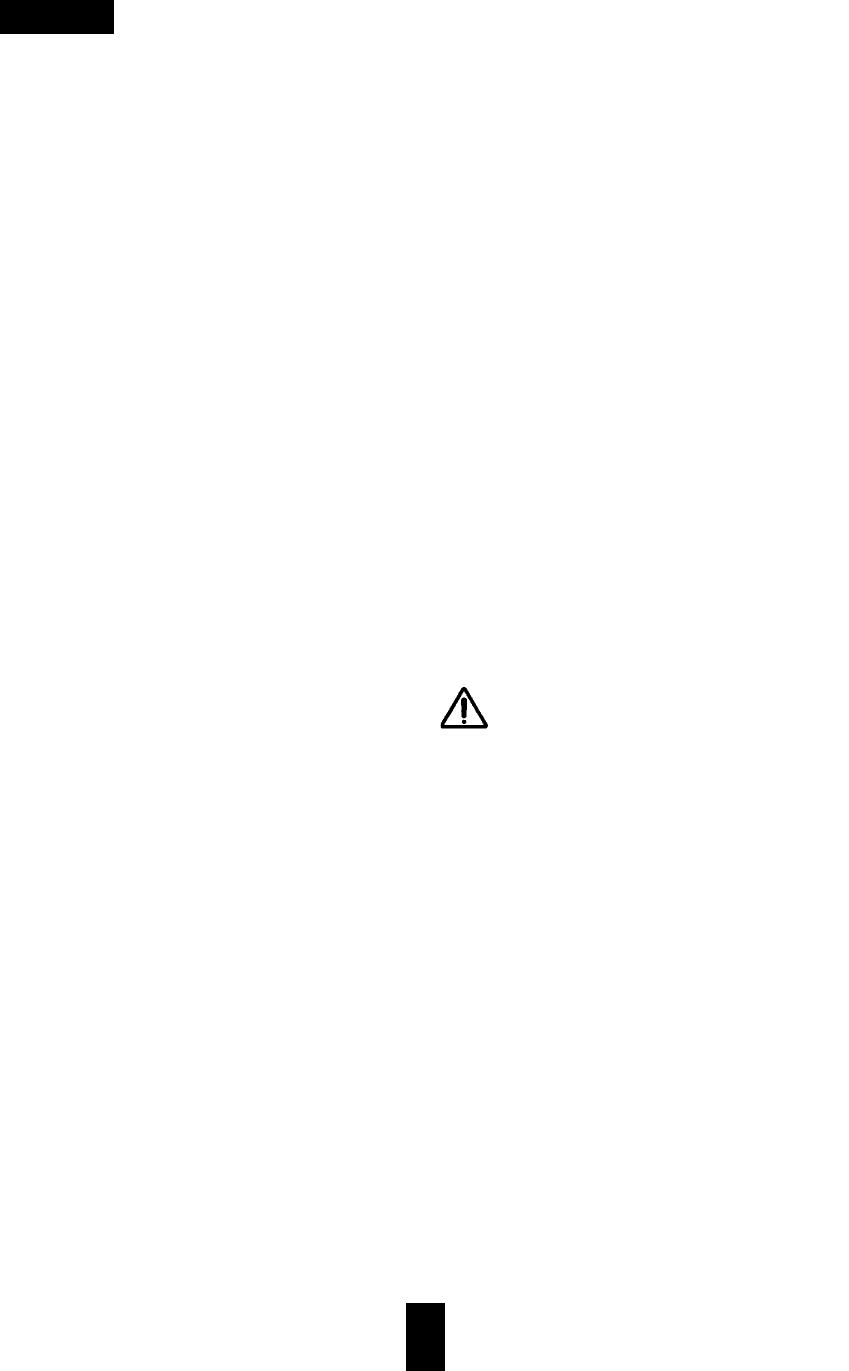
6
PROLONGED DISUSE
1. Empty the refrigerator and freezer compartments.
2. Unplug the appliance from the mains.
3. Clean and dry both compartments.
4. Leave the doors open to prevent the formation of unpleasant
odours.
AFTER SALES SERVICE
Before contacting our After Sales Service Department:
1. Try to remedy the problem (please read section “trouble
shooting guide”).
2. Restart the appliance to check whether the fault repeats. If
the malfunction persists, switch off the appliance and try
again after an hour.
3. If the malfunction still persists, then contact our Customer
Service, specifying:
- the nature of the problem,
- the appliance model number,
- the service number (please see the rating plate 8),
- your full address, telephone number and area code.
Note: door opening direction changes carried out by our Customer
Service are not covered by the terms of guarantee.
TROUBLESHOOTING GUIDE
1. The appliance does not work. Check:
- power failure,
- properly inserted plug,
- (if applicable) connection of the two-pole circuit breaker,
- damage to the mains lead,
- correct setting of the temperature controls (5).
2. The temperature inside the compartments is not low
enough. Check for:
- closure of the doors,
- installation near a heat source,
- correct setting of the refrigerator/freezer control knob (5),
- inhibited air circulation.
3. The refrigerator compartment temperature is too low.
Check for:
- correct setting of the temperature controls ( 5 ) .
4. The internal light does not work. Refer to point 1 and then:
- unplug the appliance from the mains,
- check the bulb and replace if necessary (max.15W).
- to change the lamp first remove the window lamp by
pushing lower part upward and pulling forward.
- take out the lamp and replace it for a new one.
- finally set again window lamp on its place.
APPLIANCE PACKAGING INFORMATION
All material are environmentally sound! They can be dumped or
burned at an incinerating plant without danger!
About the materials: The plastics can be re c ycled and are
identified as follows:
■
PE : for polyethylene, e.g. the outer covering and the bags in
the interior.
■
PS : for polystyrene foam, e.g. the pads, which are all free of
chlorofluorocarbon.
The carton parts are made from recycled paper and should be
disposed of at a waste-paper recycling collection location.
DISPOSAL OF OLD APPLIANCES
For environmental reasons, refrigeration appliances must be
disposed of properly. This applies to your old appliance, and -at
the end of its service life- for your new appliance as well.
Warning! Be f o re disposing of old appliances make them
inoperable. Remove plug from mains, server the power cable,
remove or destroy any snap or latch closures. This eliminates the
danger that playing children lock themselves into the appliance
(danger of suffocation!) or place themselves into other life-
endangering situations.
Disposal:
• The appliance may not be disposed of with domestic waste or
bulky refuse.
• The refrigerant circuit, especially the heat exchanger at back of
the appliance, may not be damaged.
• Information concerning collection schedules or locations can
be obtained from the local disposal authorities or town hall.
The lamp of the refrigerator can be switched off even though the
doors are not completely closed.
Note: The edge of the refrigerator door and the front side of the
refrigerator cabinet may be hot. This is normal and intended to
prevent the formation of condensation.
Gurgling noises etc. inside the refrigerating circuit are normal.
English
NOTICE

















